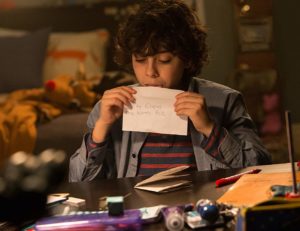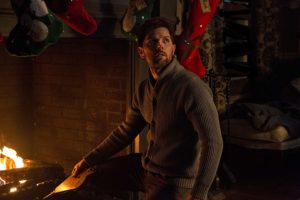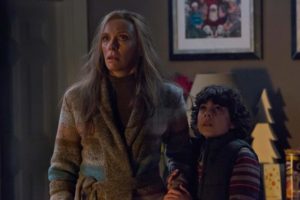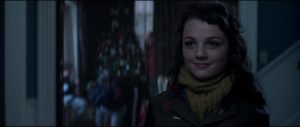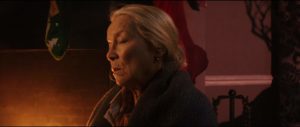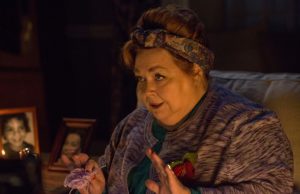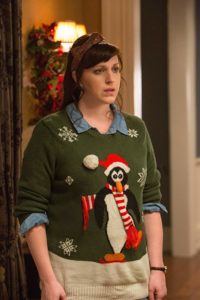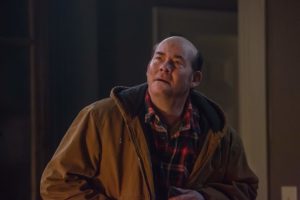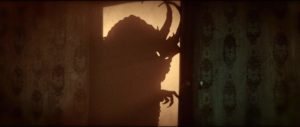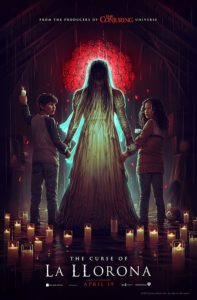 Content warning: deaths of children. I will be discussing this in my review.
Content warning: deaths of children. I will be discussing this in my review.
The Curse of La Llorona is an American 2019 supernatural horror film set in 1973 about a mother who tries to save her children from a malevolent spirit who is trying to keep them for herself.
La Llorona, or The Weeping Woman, is a famous spirit in Mexican and Latin American folklore.
She was a spurned wife who got revenge on her philandering husband by drowning their two young sons. After she died, she was refused entry to heaven because of this act.
I will make no comment about the rest of her story or any similarities or differences between it and this film. Feel free to read more about the legend of La Llorona ahead of time or start watching this with no additional knowledge of her tale at all. The plot works nicely either way.
The Curse of la Llorona is also part of The Conjuring universe, but it is a standalone tale in that series.
Characters
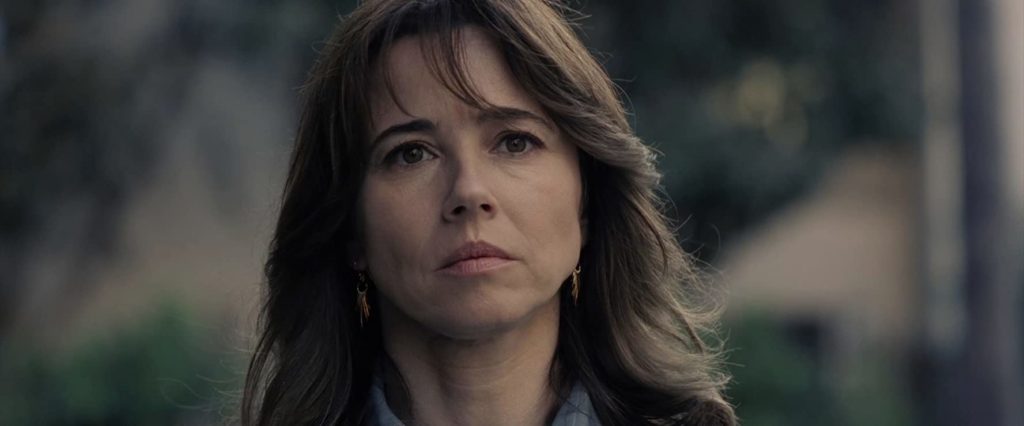
Linda Cardellini as Anna Tate-Garcia
Anna was a young widow who was raising two children as a single parent. A social worker by trade, she was well-versed in normal child development and how children react to frightening experiences.
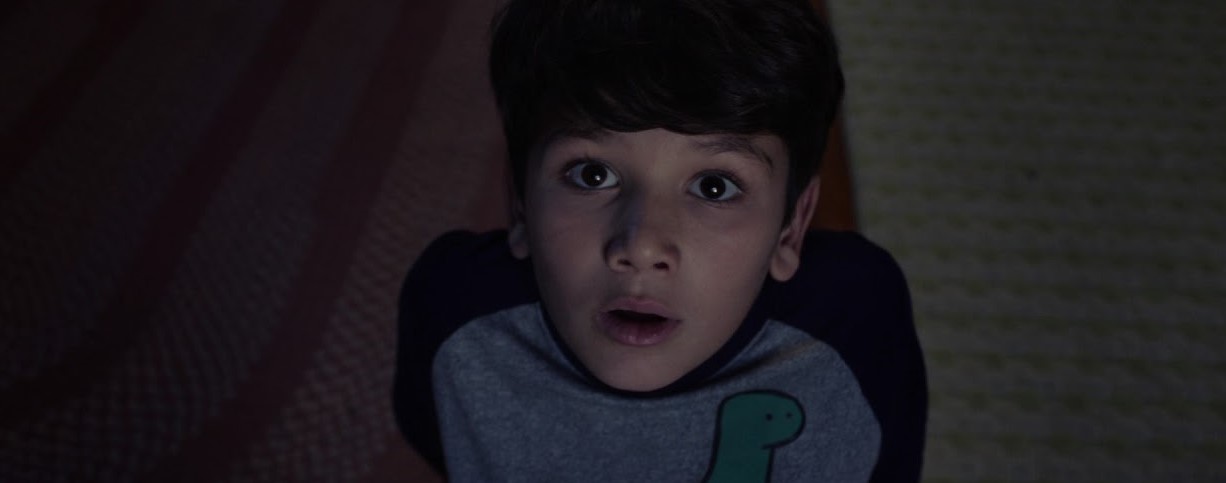
Roman Christou as Chris Garcia
Chris was Anna’s imaginative and impressionable son. He loved pretending to chase away bad guys.
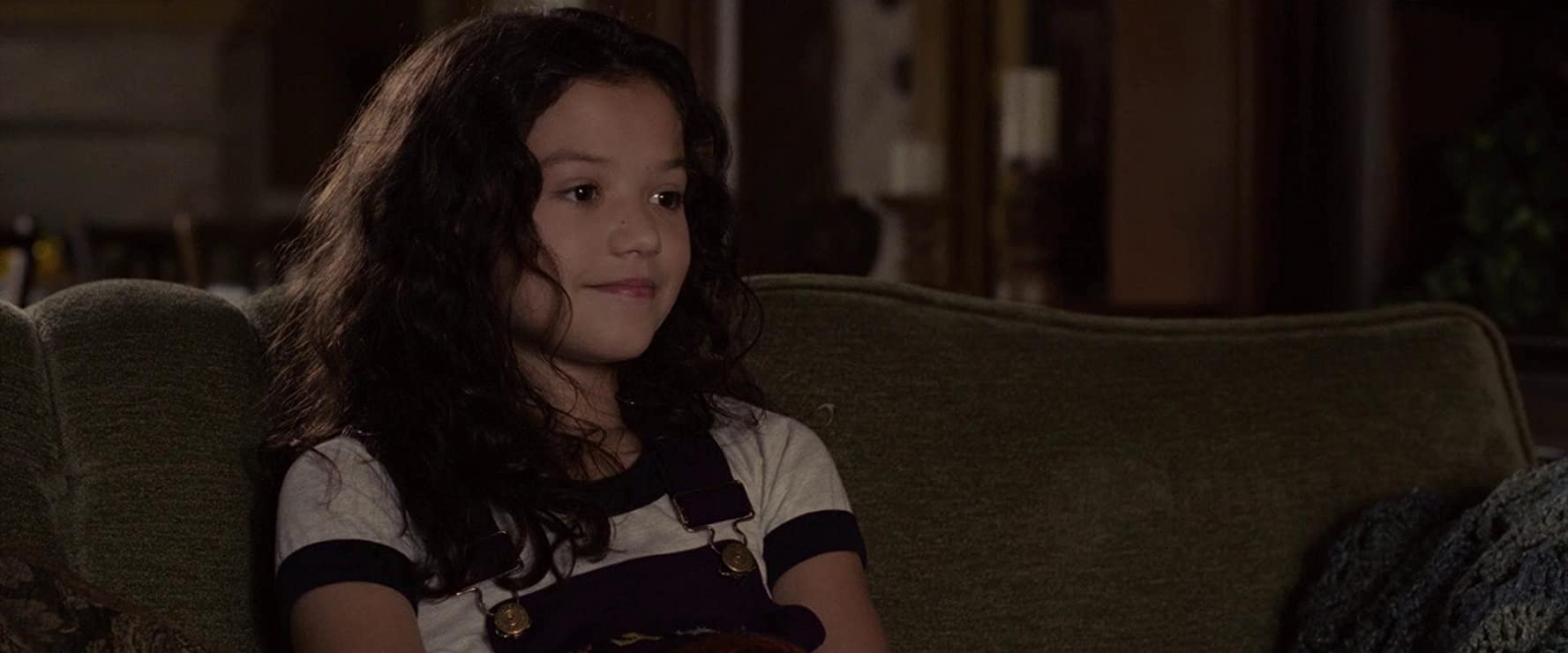
Jaynee-Lynne Kinchen as Samantha Garcia
Samantha was Anna’s independent daughter. She loved dolls.
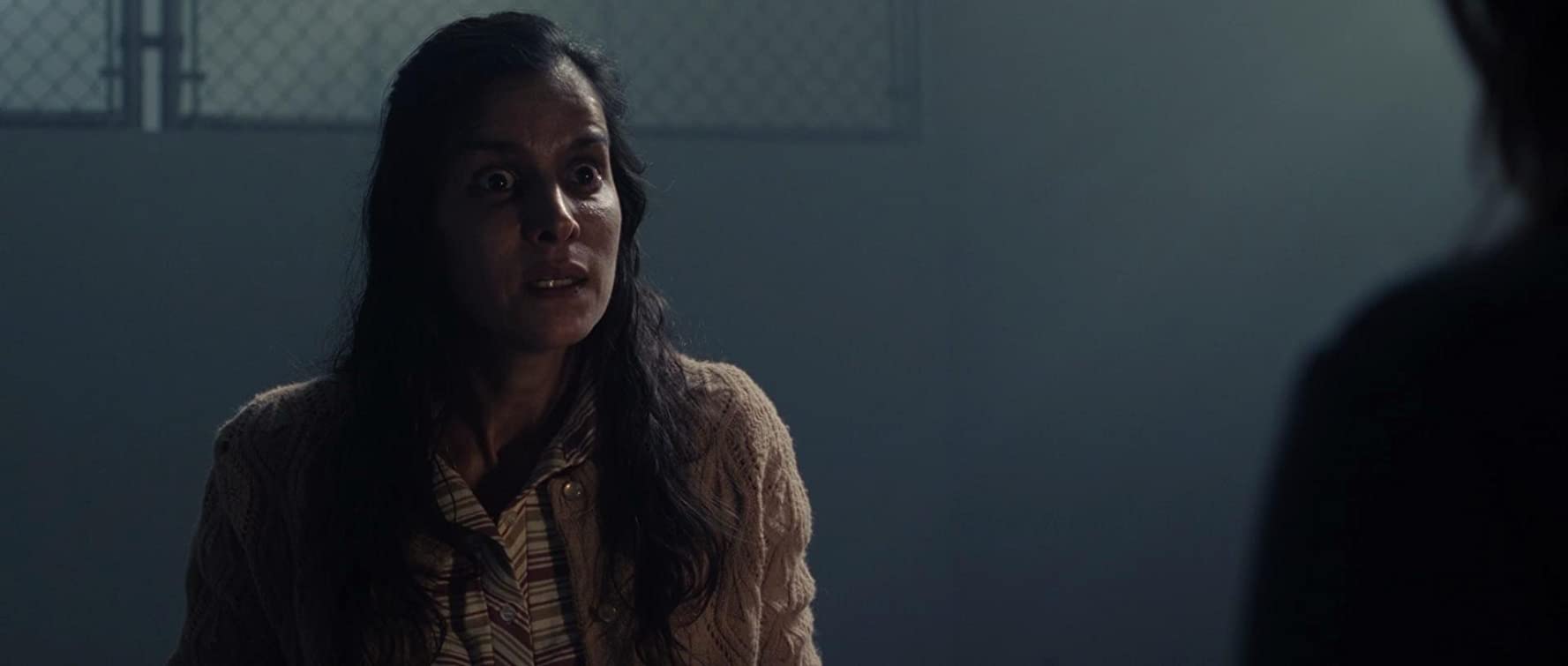
Patricia Velásquez as Patricia Alvarez
Patricia was the mother of two of the children Anna had on her caseload. When Patricia was accused of abusing her children, Anna attempted to figure out what had really happened.
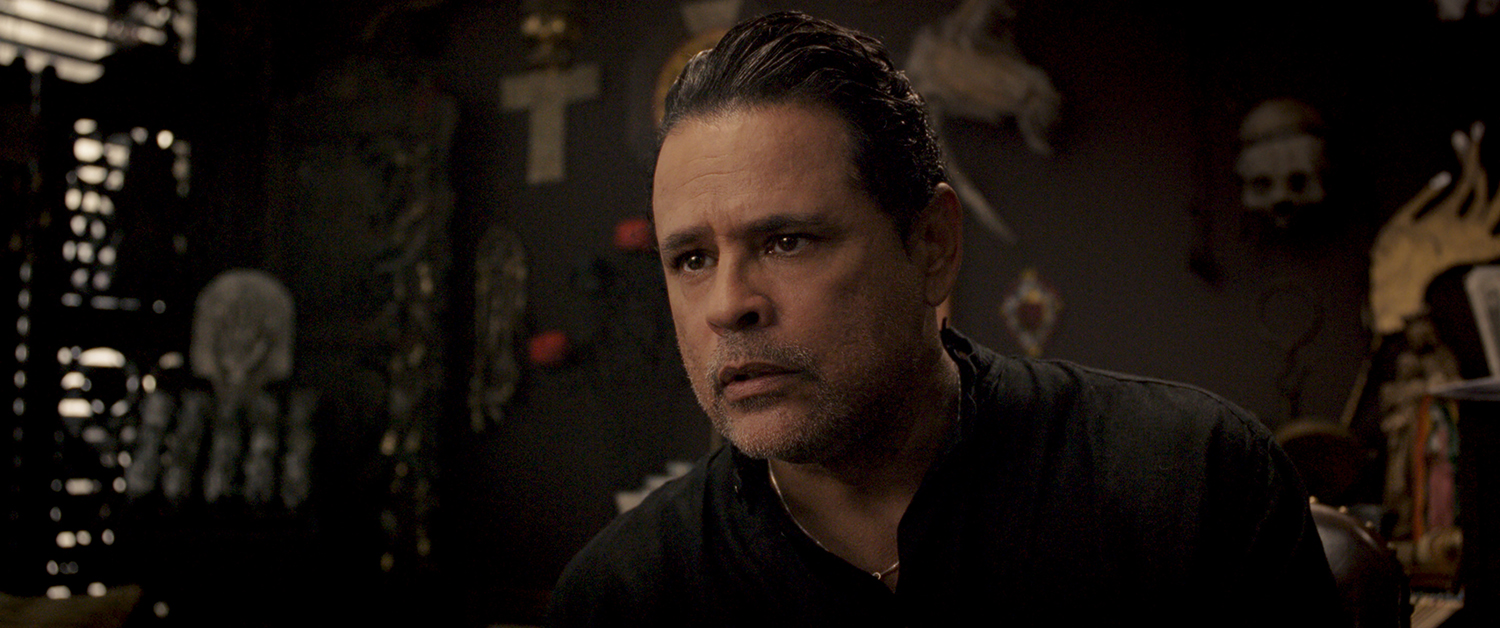
Raymond Cruz as Rafael Olvera
Rafael, a former member of the clergy, was the person Anna turned to for help when all of her other attempts to figure out what really happened to Patricia’s children and why her own children were in danger had failed.
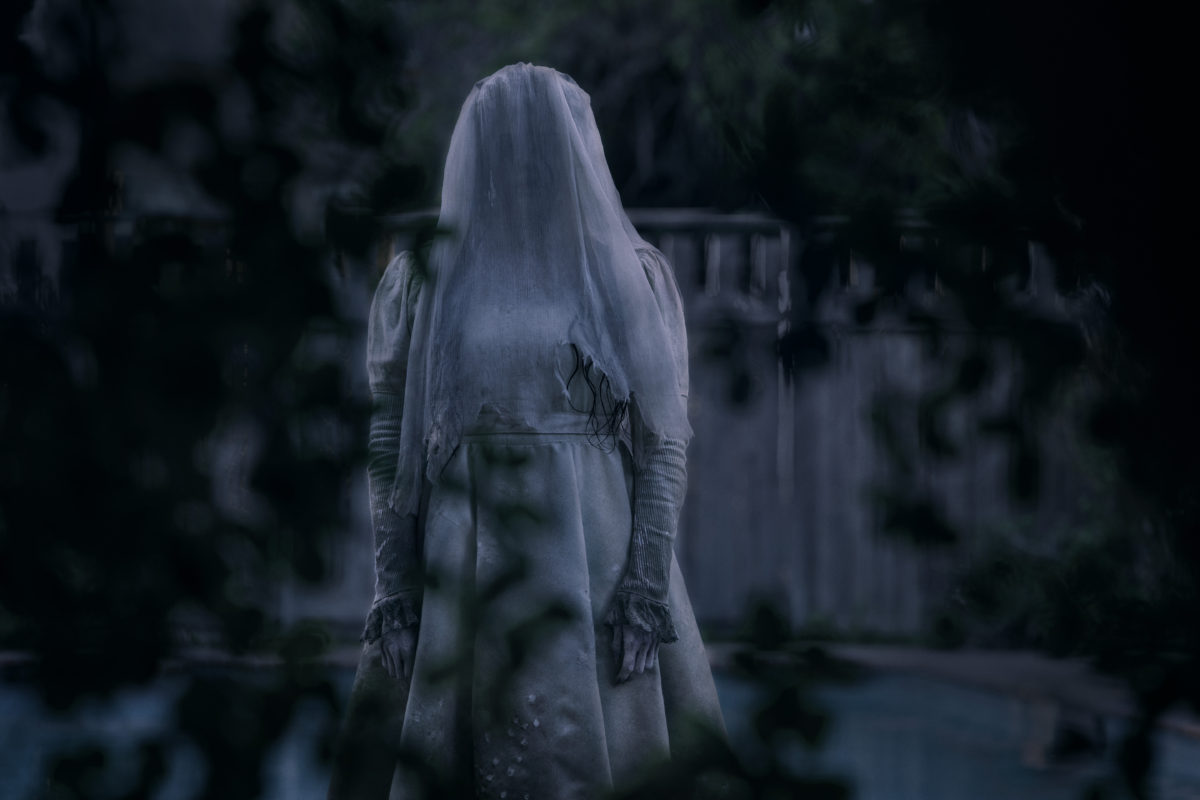
Marisol Ramirez as La Llorona
La Llorona was the spirit who had killed her own children in a fit of rage.
Her identifying features are obscured for spoiler reasons.
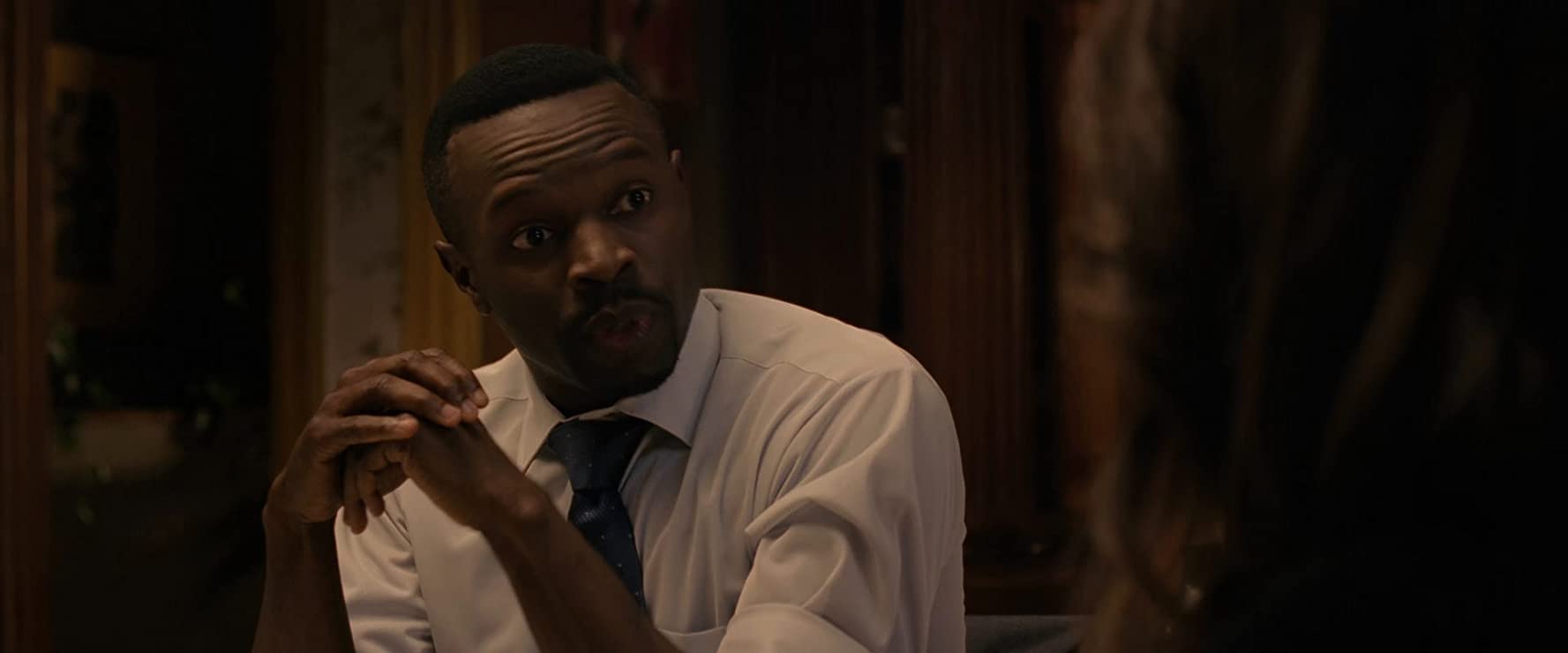
Sean Patrick Thomas as Detective Cooper
Detective Cooper was a police officer who sometimes worked on cases with Anna. He had also struck up a friendship with her and her children over the years.
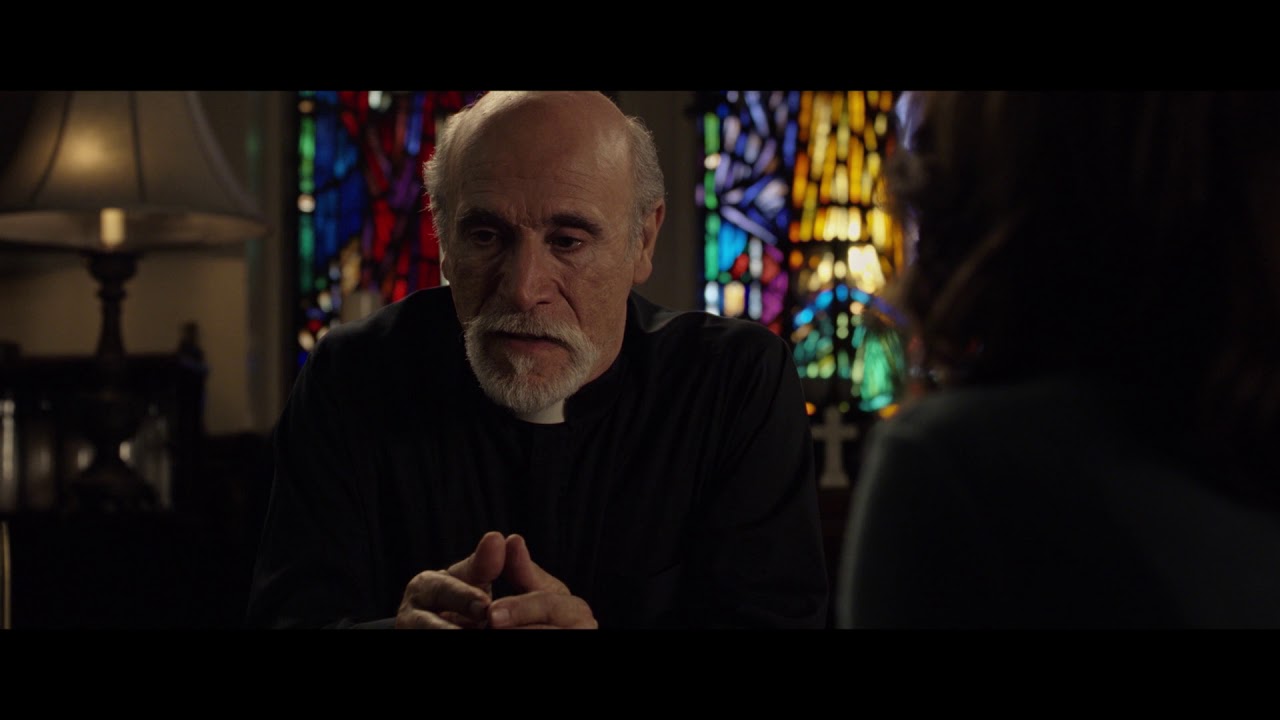
Tony Amendola as Father Perez
Father Perez was a local priest who had experience with La Llorona.
My Review
I had mixed feelings about this film.
The foreshadowing was strong and easy to spot. If not for the grim subject matter, this is something I’d play for young film buffs who wanted to learn how to pick out clues about future plot twists early on in a storyline. There were plenty of examples of this scattered throughout the early scenes.
Obviously, La Llorona’s story must involve the deaths of children given the legend that inspired this film. The backstory of why La Llorona began killing other people’s children after she died was shared with the audience clearly. I’m being a little opaque on the topic for spoiler reasons, but know that much of it was implied instead of outright shown. Honestly, murdered children is a grim enough topic that I’m glad the filmmakers stopped where they did.
I wasn’t a big fan of the way the plot ignored previous character development and rules that had been set up earlier on about how this haunting worked. For example, one of the minor characters developed a grudge against someone else in the storyline. This conflict built up for a large part of the storytelling process only to be suddenly abandoned for reasons that were never explained. It lead to plot holes that I found unhelpful.
There was also contradictory information about what the living could and couldn’t do when interacting with La Llorona. Sometimes she was written as a spirit so consumed by rage and regret that every shred of rational thought had been torn out of her centuries ago. In other scenes, she behaved in ways that directly contradicted that character development. Either interpretation of her could have worked, but it was confusing for me as a viewer to never know which Llorona we were going to get.
With that being said, this was a wonderfully scary and atmospheric tale. There was never any doubt in my mind that La Llorona was a malevolent spirit. Her intentions were straightforward and easy to understand even if her cognitive abilities were not. This was refreshing, especially in a genre that sometimes veers too far in the direction of romanticizing ghosts.
It would have been nice to have stronger character development in general. No, I wasn’t expecting the characters to spend the first half hour talking about their hobbies or dreams. This was a heavily plot-based story, and I respect that. But knowing about who the characters were as individuals would have made the storyline more memorable.
If you really love ghost stories and can overlook a few plot holes, I would recommend The Curse of La Llorona.
The Curse of La Llorona is available on Crave and Apple TV.

 The Lady in Red
The Lady in Red
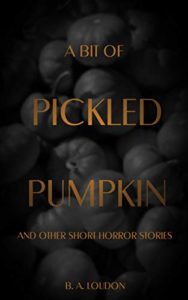 Title: A Bit of Pickled Pumpkin and Other Short Horror Stories
Title: A Bit of Pickled Pumpkin and Other Short Horror Stories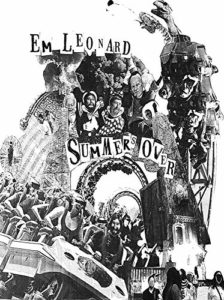
 “My Knott’s Berry Farm Solution” was set during the middle of winter which made the paranormal activity there even spookier. This was the scariest story in this collection for me because of how trusting the main character was. He had no idea how quickly his life was about to change when he convinced his son and daughter to visit Knott’s Berry Farm that day!
“My Knott’s Berry Farm Solution” was set during the middle of winter which made the paranormal activity there even spookier. This was the scariest story in this collection for me because of how trusting the main character was. He had no idea how quickly his life was about to change when he convinced his son and daughter to visit Knott’s Berry Farm that day!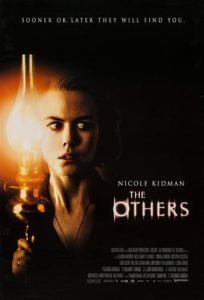
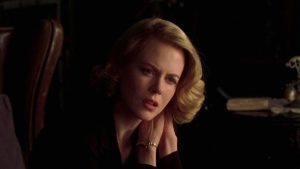
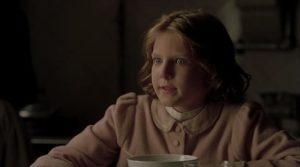
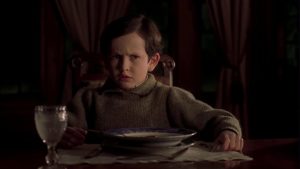
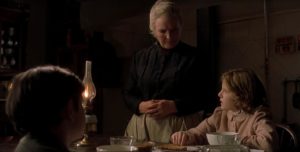
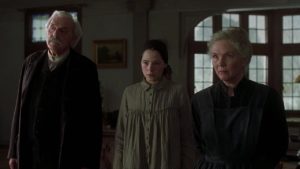
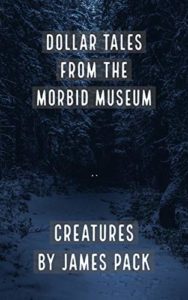 Title: Dollar Tales from the Morbid Museum: Creatures
Title: Dollar Tales from the Morbid Museum: Creatures
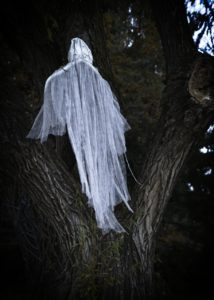 These freebie posts are so much fun!
These freebie posts are so much fun!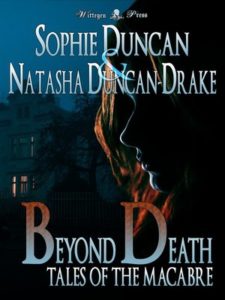 Title: Beyond Death – Tales of the Macabre
Title: Beyond Death – Tales of the Macabre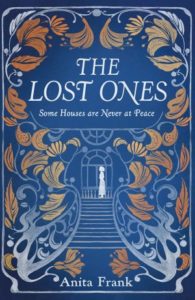
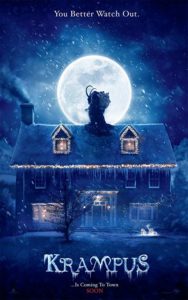 Krampus is a 2015 dark fantasy horror comedy film about a young boy named Max who has a disappointing Christmas with his argumentative, dysfunctional relatives and accidentally summons a festive demon to his home as a result of it.
Krampus is a 2015 dark fantasy horror comedy film about a young boy named Max who has a disappointing Christmas with his argumentative, dysfunctional relatives and accidentally summons a festive demon to his home as a result of it.